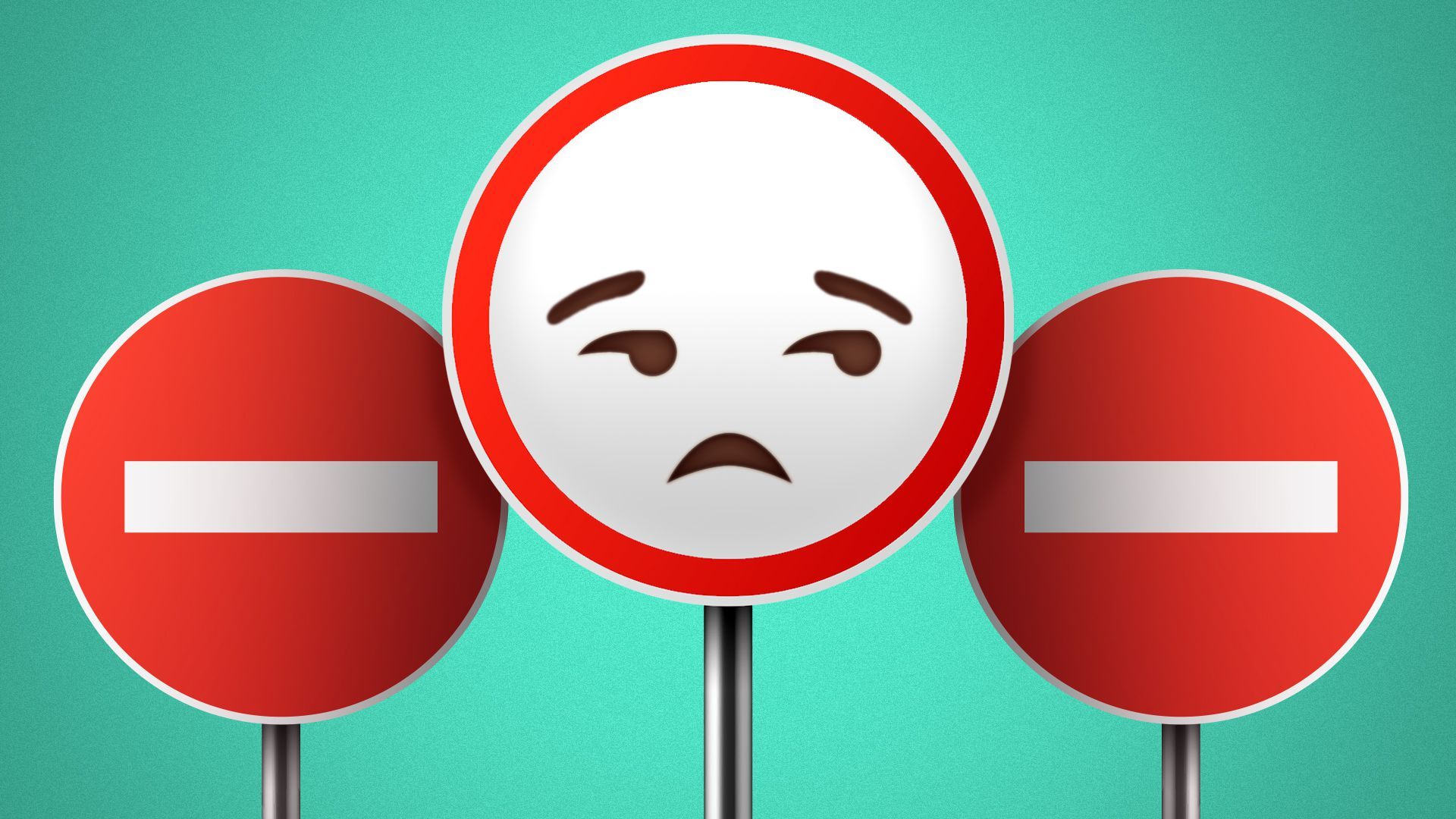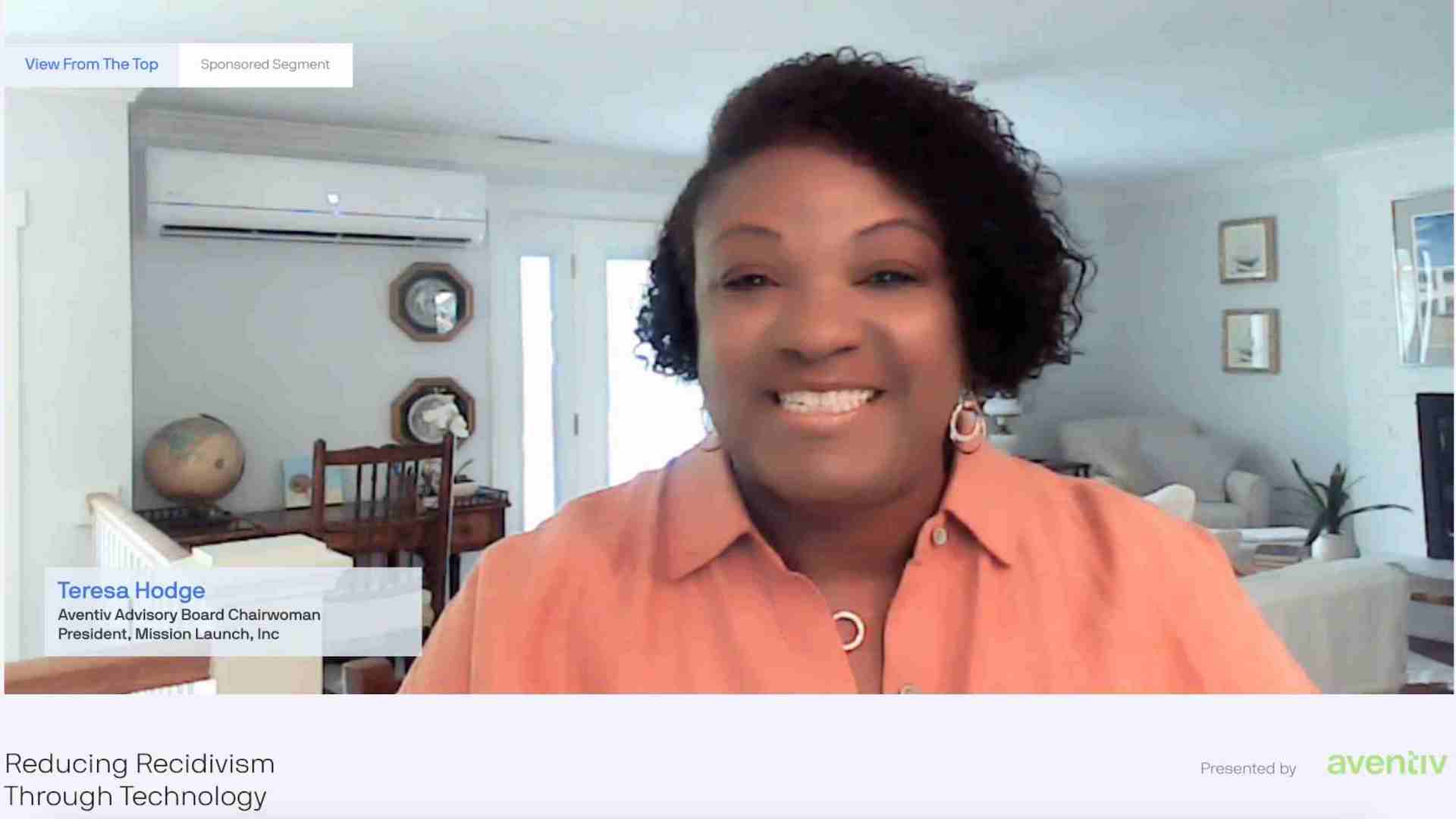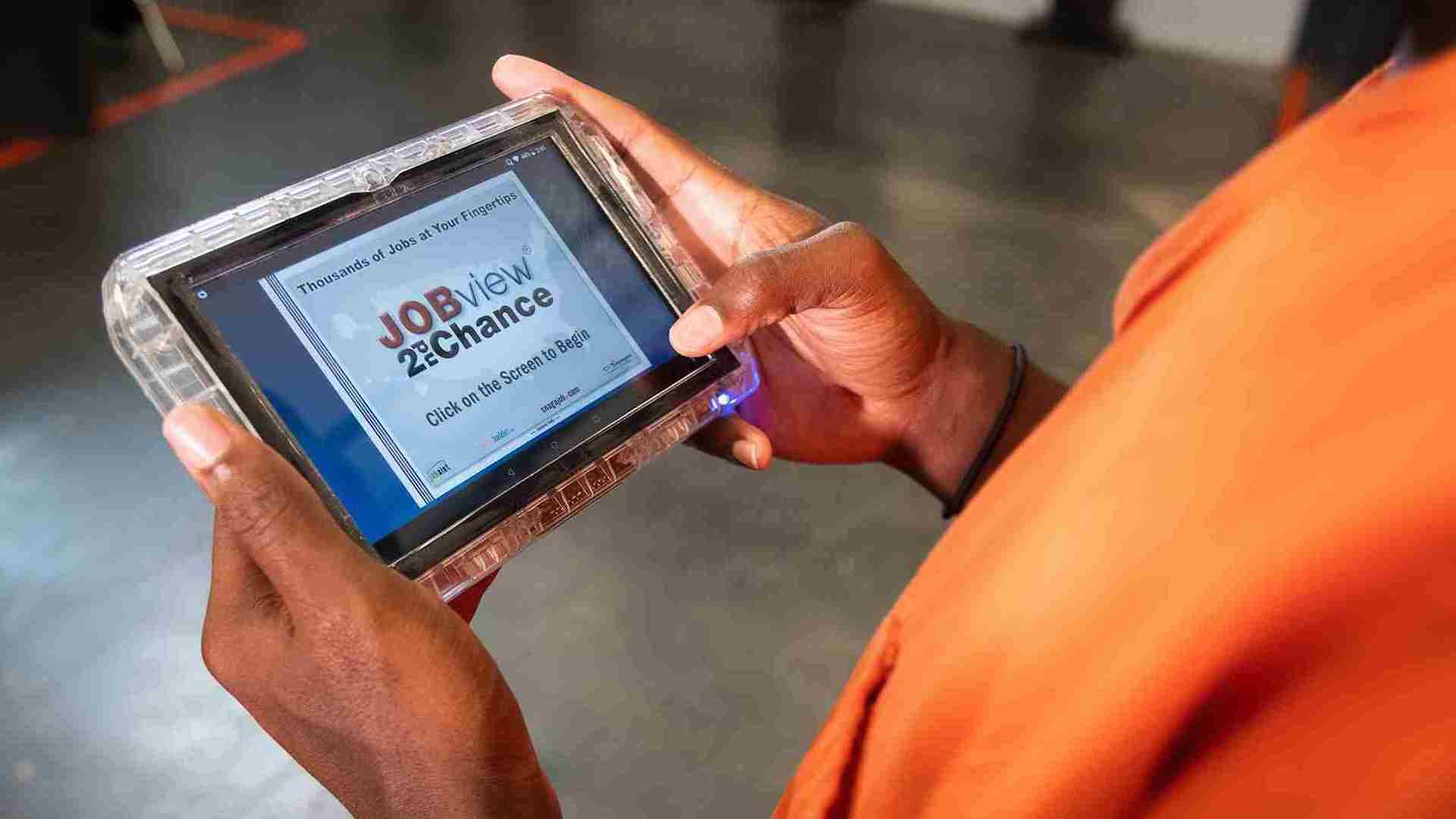| |
| |
| |
| Presented By Aventiv Technologies |
| |
| Axios What's Next |
| By Joann Muller, Jennifer A. Kingson and Alex Fitzpatrick · Aug 24, 2022 |
| Self-driving cars could one day be far safer — but for now, automakers still have to consider human drivers' flaws, Joann reports today. Today's Smart Brevity count: 970 words ... 3½ minutes. |
| |
| |
| 1 big thing: Smart cars' boredom problem |
 |
|
| Illustration: Shoshana Gordon/Axios |
| |
| People driving cars that mostly operate themselves can drift into a dangerous state of fatigue, but one leading autonomous vehicle (AV) company has suggestions to keep drivers alert, Joann Muller reports. Why it matters: Autonomous test vehicles and increasingly automated personal cars are already all over the road, meaning we're all part of a big public beta test with potentially fatal consequences. - Overseeing a self-driving car for long stretches can be tiring, especially because drivers often don't have anything to do.
- Drowsy AV drivers may not take control fast enough in an emergency that a car's computer can't handle.
Driving the news: New research from Waymo, a leader in self-driving technology, sheds light on fatigue in AV test drivers and how to prevent it. - The Google unit is urging the industry to adopt a multi-layered "Fatigue Risk Management Program," with practices and technologies to prevent, monitor and mitigate fatigue-induced risks in AV test drivers.
- Waymo's findings could translate into fatigue-fighting technology for consumer cars.
More coffee isn't the answer, Francesca Favaro, Waymo's lead on safety research and best practices, tells Axios. Instead, Waymo is proposing a holistic set of countermeasures. - Driver-monitoring cameras can help, but technology alone isn't the solution, Favaro says.
- Better training to recognize signs of fatigue, and regular self-assessments before, during and after a work shift are also needed, along with frequent breaks.
- Assigning small in-car tasks — like pushing a button on the steering wheel to check an operator's motor and cognitive skills during prolonged periods of inactivity — is another way to monitor alertness.
The backstory: Waymo first encountered the fatigue problem in the early days of the Google Self-Driving Car Project nearly a decade ago. - Even when volunteer test drivers were instructed to pay attention, they often became distracted or showed signs of fatigue.
- Waymo concluded early on that the safest solution was to pursue fully autonomous technology, requiring no human intervention.
Yes, but: Widespread deployment of fully autonomous vehicles is still many years away. - In the meantime, Waymo and other AV developers will continue testing their vehicles using trained backup drivers.
Of note: Waymo's research hits just as Tesla is rolling out the latest beta version of its "full self-driving" feature to untrained car owners. The bottom line: You don't have to be an autonomous vehicle passenger to have a vested interest in the tech's safety. Share this story. |
    |
| |
| |
| 2. Office workers aren't going back |
 |
|
| Illustration: Brendan Lynch/Axios |
| |
| Bosses' efforts to push workers back to the office are failing, Axios' Emily Peck reports. Why it matters: What was once unthinkable — white-collar work done almost entirely from home — has now become pretty typical. Driving the news: Some Apple employees are pushing back against CEO Tim Cook's order to return to the office three days a week starting next month, the Financial Times reports. - Cook wants to hang onto the "in-person collaboration essential to [Apple's] culture," per the FT.
Yes, but: Apple workers are circulating a petition protesting the "uniform mandate" and demanding more flexibility. The big picture: Employees often don't understand why they need to work in person — especially when they just wind up doing a lot of Zoom meetings anyway, says Erin Grau, co-founder of future of work firm Charter. - "Bringing employees together for 'culture' without doing any of the work is lazy," Grau said. "If you're relying on the water cooler for the best ideas in your company to be surfaced ... you are doing something very, very wrong."
Read the rest. |
    |
| |
| |
| 3. Chart: Congress' green spending spree |
 Reproduced from RMI; Note: Data not available between 2018 and 2021, and projected agency spending excluded from 2022-2027; Chart: Axios Visuals Think tank RMI is out with a banger of a graphic that puts the United States' recent clean energy laws into historical context, Axios' Ben German writes. The big picture: RMI's latest report offers an insightful way to think about the interplay between the 2021 infrastructure law and this summer's two big climate bills. - 🧠 CHIPs is the "brains," steering billions into "cutting-edge research and development needed to accelerate innovation."
- 🦴 The 2021 infrastructure law is the "backbone," providing "much of the infrastructure these technologies need to scale at speed."
- 🏎️ The new climate law is the "engine," with "measures that provide the security for these technologies to reach market maturity."
Share this story. |
    |
| |
| |
| A message from Aventiv Technologies |
| "I knew that technology was going to be how I got back on my feet" |
| |
 |
| |
| Teresa Hodge, Aventiv Advisory Board chair, came home from prison to support others — through technology. Why it's important: "I believe the more we allow technology to be used for individuals who are coming home, we're going to see those recidivism rates lower," she says. Find out more. |
| |
| |
| 4. France mulls private jet restrictions |
 |
|
| Illustration: Aïda Amer/Axios |
| |
| France may restrict private jet travel over environmental concerns, Axios' Ivana Saric reports. Why it matters: Private jet use surged during the pandemic despite the copious amounts of CO2 such flights emit. Driving the news: French transport minister Clément Beaune recently told newspaper Le Parisien that private jet flights should be restricted. - An outright ban is not in the cards. But France could tax private jet flights or bar people from flying privately on routes with comparable rail service.
Of note: CEOs and celebrities like Elon Musk, Kylie Jenner and Taylor Swift have been criticized recently for their private jet travel. What do you think? Let us know at whatsnext@axios.com. Share this story. |
    |
| |
| |
| 5. One fun thing: Lookin' good, Jupiter |
 |
|
| Image courtesy of NASA, ESA, CSA, Jupiter ERS Team; Image processing by Ricardo Hueso (UPV/EHU) and Judy Schmidt |
| |
| NASA's James Webb Space Telescope is a big deal because it can look really, really far away — but it can also take a closer peek at some of our nearest neighbors, helping researchers learn more about them. Case in point: This new image of Jupiter, which shows the planet's famed Great Red Spot, its northern and southern auroras, and even its faint rings. Far-off galaxies are also visible to the planet's left. What they're saying: "We hadn't really expected it to be this good, to be honest," said planetary astronomer Imke de Pater in a statement. "It's really remarkable that we can see details on Jupiter together with its rings, tiny satellites, and even galaxies in one image." Of note: The above image is the work of Judy Schmidt, a citizen scientist from California who processes deep space visuals for fun. Nice work, Judy! |
    |
| |
| |
| A message from Aventiv Technologies |
| Bridging the digital divide |
| |
 |
| |
| Aventiv is using technology to transform the lives of incarcerated individuals and reduce recidivism rates. The impact: Over the past couple of years, it has provided... - 440 million free call minutes.
- 8 million video connections.
- A 25% reduction in call rates.
Read more. |
| |
| A hearty thanks to What's Next copy editor Amy Stern. Was this email forwarded to you? Get your daily dose of What's Next magic by signing up here for our free newsletter. |
 | | Are you a fan of this email format? It's called Smart Brevity®. Over 300 orgs use it — in a tool called Axios HQ — to drive productivity with clearer workplace communications. | | |
No comments:
Post a Comment